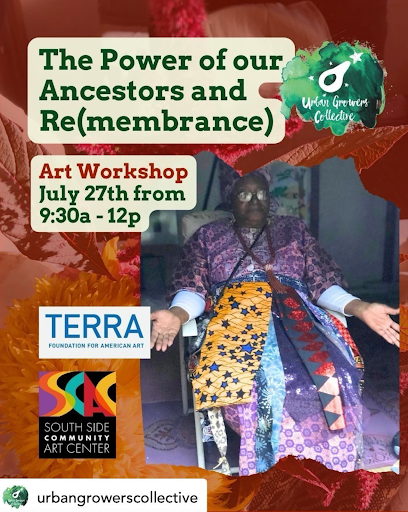
3831 HOLIDAY POP-UP!
Join us for our 2nd annual 3831 Holiday Pop-Up, with some of the city’s most talented Black creatives! Come through to support some of Chicago’s most gifted and talented Black creatives as we move into the Holiday season. 3831 Holiday Pop-Up is a mini pop-up market hosted in our historic Burroughs gallery, […]












